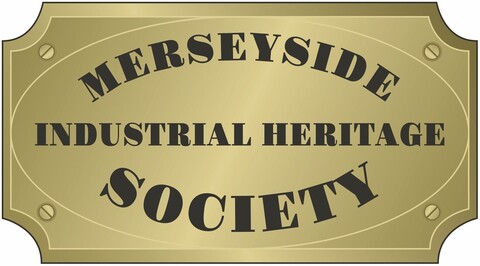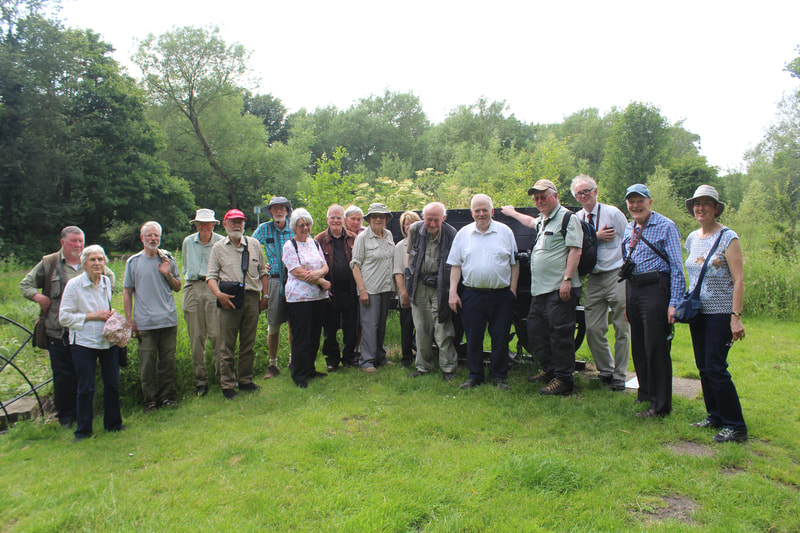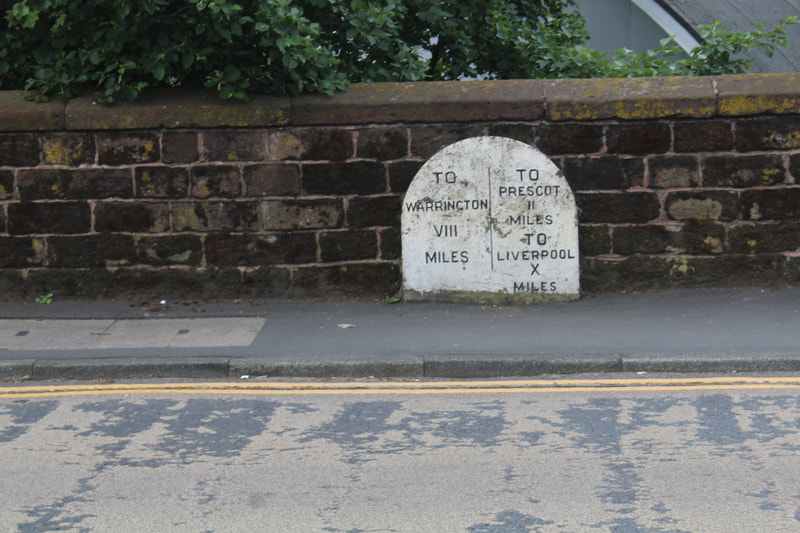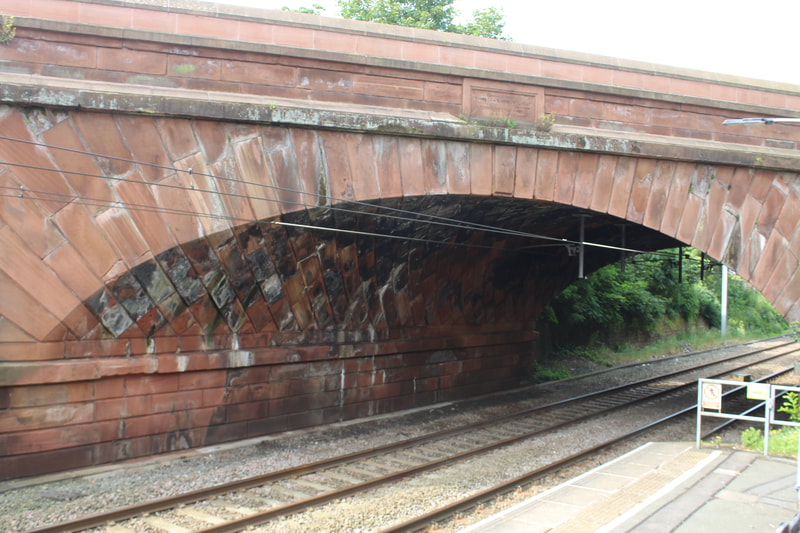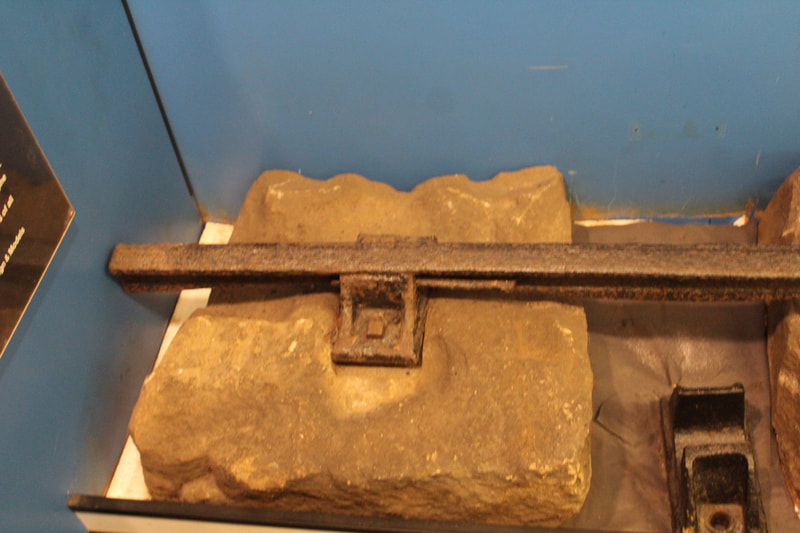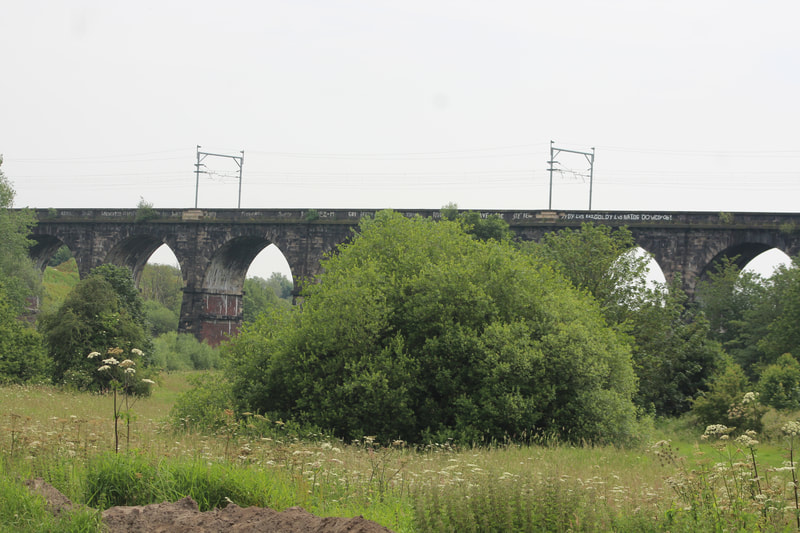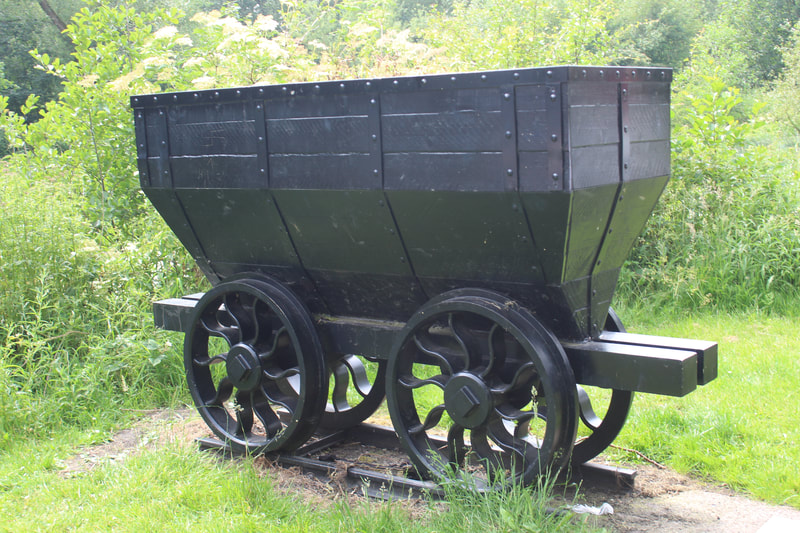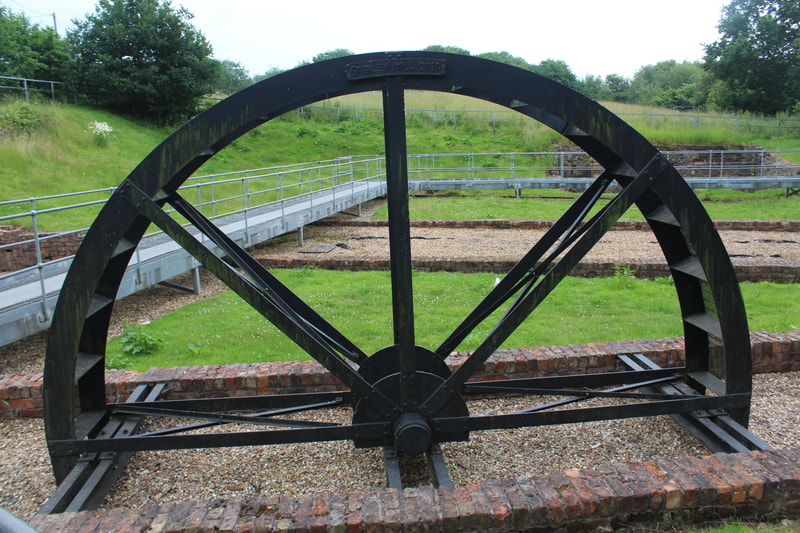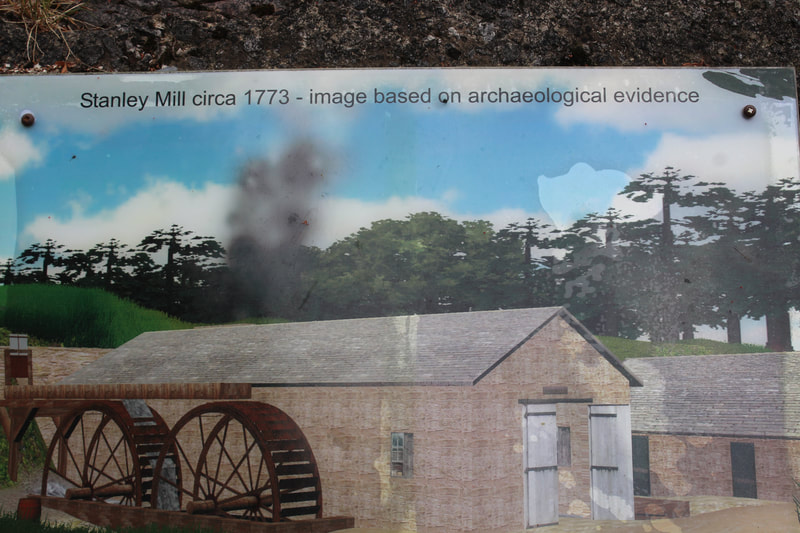HILBRE ISLAND - 24th August 2019
On a beautiful day in late August, Roy Forshaw led a combined group from Merseyside Archaeological Society and Merseyside Industrial Heritage Society to the Hilbre islands. Starting from the marina at West Kirby, the islands of Little Eye, Middle Eye and Hilbre were approached on foot across the sands at low tide. Unfortunately a fire on Hilbre - the largest of the islands – meant that we were prevented from exploring further than the northern tip of Middle Eye.
Roy was able to show us where shallow excavation on Little Eye had revealed a shell midden and flints - signs of Mesolithic occupation. Also the scant remains of a navigation mark used by mariners to find the way into the mouth of the River Dee. Middle Eye had evidence for Bronze Age cultivation and a burnt mound - a collection of cobbles which were heated in a fire and then dropped in to a container of water to boil food or treat skins. A cremation urn had also been discovered but was subsequently lost.
Sitting on the grass after lunch, we were treated to a description of the buildings and archaeology on Hilbre. Roman pottery had been found there and also the remains of a Saxon or Viking building. The island is rich in industrial archaeology - a salt works was in operation in the late 17th century where rock salt from Cheshire was boiled using coal from Flintshire. We could easily pick out the Buoymaster’s House as it is the largest structure and is the only listed building on the islands (Grade II). Built about 1836, it was used for maintaining the buoys in the approaches to Liverpool.
Later in the 19th century stone sleeper blocks and cast iron rails, discarded by the Liverpool and Manchester Railway, were reused to provide a tramway ramp to the island. The early telegraph that linked with similar signalling devices between Anglesey and Liverpool to indicate the arrival of ships from America, and the former lifeboat station would have to be visited on another day.
Maurice Handley
On a beautiful day in late August, Roy Forshaw led a combined group from Merseyside Archaeological Society and Merseyside Industrial Heritage Society to the Hilbre islands. Starting from the marina at West Kirby, the islands of Little Eye, Middle Eye and Hilbre were approached on foot across the sands at low tide. Unfortunately a fire on Hilbre - the largest of the islands – meant that we were prevented from exploring further than the northern tip of Middle Eye.
Roy was able to show us where shallow excavation on Little Eye had revealed a shell midden and flints - signs of Mesolithic occupation. Also the scant remains of a navigation mark used by mariners to find the way into the mouth of the River Dee. Middle Eye had evidence for Bronze Age cultivation and a burnt mound - a collection of cobbles which were heated in a fire and then dropped in to a container of water to boil food or treat skins. A cremation urn had also been discovered but was subsequently lost.
Sitting on the grass after lunch, we were treated to a description of the buildings and archaeology on Hilbre. Roman pottery had been found there and also the remains of a Saxon or Viking building. The island is rich in industrial archaeology - a salt works was in operation in the late 17th century where rock salt from Cheshire was boiled using coal from Flintshire. We could easily pick out the Buoymaster’s House as it is the largest structure and is the only listed building on the islands (Grade II). Built about 1836, it was used for maintaining the buoys in the approaches to Liverpool.
Later in the 19th century stone sleeper blocks and cast iron rails, discarded by the Liverpool and Manchester Railway, were reused to provide a tramway ramp to the island. The early telegraph that linked with similar signalling devices between Anglesey and Liverpool to indicate the arrival of ships from America, and the former lifeboat station would have to be visited on another day.
Maurice Handley
ST HELENS & RAINHILL - 29th JUNE 2019
On Saturday 29th June 18 2019 MIHS members set off in St Andrew's minibus to explore various sites in the St Helens area. The programme had been drawn up by Maurice Handley and he had made an excellent job of it. We met at Rainhill where we had a walk round the village viewing the ancient milestone, the Skew Bridge (Maurice's favourite) and ending up at the very good exhibition in the library and the adjoining railway carriage.
Next stop was the Sankey Canal Wharf at Newton Common Lock. We viewed the lock then walked to the Sankey Viaduct whiich we inspected and finished at Bradley Swing Bridge and Lock.Then it was on to St Helens for lunch which many had in the cafe at World of Glass. Replete, we had a walk along the canal viewing the remains of the famous "Hotties", long the home of tropical fish and a heated swimming "pool" before visiting the sad remains of the Cannington Shaw Bottle Shop.
Our final stop was at Blackbrook where we viewed the end of the Sankey Canal and visited the Stanley Bank Slitting Mills. There are some replica wheels and recent excavtions have been carried out. From here we made our ways home with many thanks to Maurice for a full and interesting day.
Hover over images for captions.
On Saturday 29th June 18 2019 MIHS members set off in St Andrew's minibus to explore various sites in the St Helens area. The programme had been drawn up by Maurice Handley and he had made an excellent job of it. We met at Rainhill where we had a walk round the village viewing the ancient milestone, the Skew Bridge (Maurice's favourite) and ending up at the very good exhibition in the library and the adjoining railway carriage.
Next stop was the Sankey Canal Wharf at Newton Common Lock. We viewed the lock then walked to the Sankey Viaduct whiich we inspected and finished at Bradley Swing Bridge and Lock.Then it was on to St Helens for lunch which many had in the cafe at World of Glass. Replete, we had a walk along the canal viewing the remains of the famous "Hotties", long the home of tropical fish and a heated swimming "pool" before visiting the sad remains of the Cannington Shaw Bottle Shop.
Our final stop was at Blackbrook where we viewed the end of the Sankey Canal and visited the Stanley Bank Slitting Mills. There are some replica wheels and recent excavtions have been carried out. From here we made our ways home with many thanks to Maurice for a full and interesting day.
Hover over images for captions.
